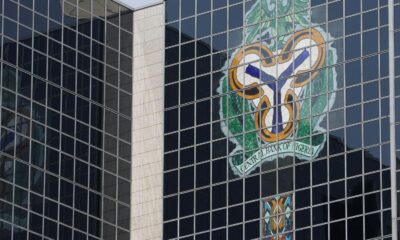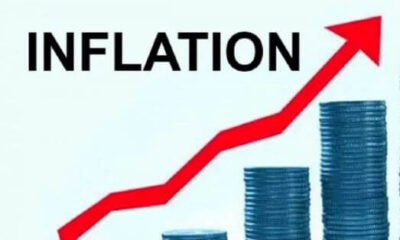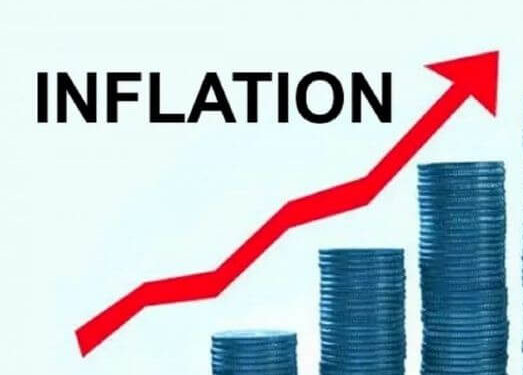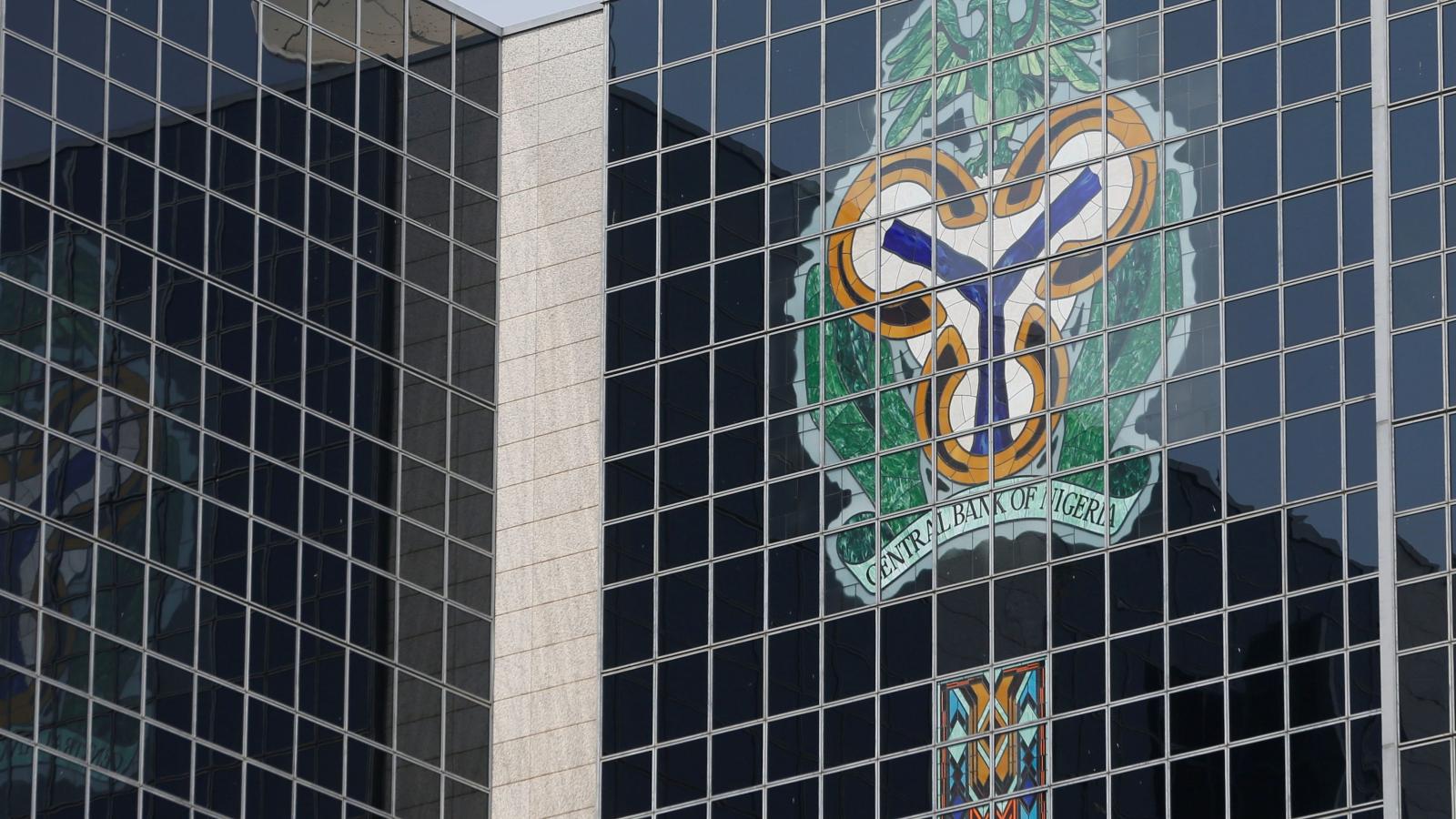The Nigeria Deposit Insurance Corporation, NDIC, reported that it had distributed around N1.084 billion to 29,573 depositors of over 179 Microfinance Banks (MfBs) and four Primary Mortgage Banks (PMBs) affected by the licence revocation by the Central Bank of Nigeria last month.
This was announced by Mr. Bello Hassan, the managing director and chief executive officer of NDIC, on Friday at the organization’s special day at the 18th Abuja International Trade Fair.
He stated: “Recently, following the revocation of licenses for 179 MfBs and four PMBs by CBN, the NDIC immediately commenced liquidation of the banks and began disbursing insured sums to depositors within just 7 days of the closure of these banks”.
When a bank can no longer afford its operations, it is said to be liquidated. Any remaining assets are sold, and the earnings are used to pay off as many outstanding debts as possible.
“It’s important to note that as of 22nd September 2023, the corporation had paid a cumulative insured sum of N1.084 billion naira to 29,573 depositors of the closed MFBs/MPBs.
“It is however instructive to let you know that payments are still ongoing and depositors with funds exceeding the insured limit will receive liquidation dividends after recovery of debts and sale of physical assets of the closed banks.
“Currently, the corporation is in the process of verifying and paying liquidation dividends to depositors and stakeholders of 20 closed banks”, he added.
Some of the affected banks were: Allied Bank, Peak Merchant Bank, Commerce Bank, Continental Merchant Bank, Financial Merchant Bank, Fortune Bank, Gulf Bank, Hallmark Bank, Icon Merchant Bank, Liberty Bank, Nigeria Merchant Bank, North-South Bank, Premier Commercial Bank, Prime Merchant Bank, Progress Bank and Merchant Bank.
The Nigerian financial system has undergone a significant crisis, with the most notable in recent years occurring between 2008 and 2009, which was followed by a programme of consolidation and recapitalization, and resulted in a decrease in the number of banks from about 90 in 2005 to 24 by 2006 and 20 commercial banks by the end of 2011.
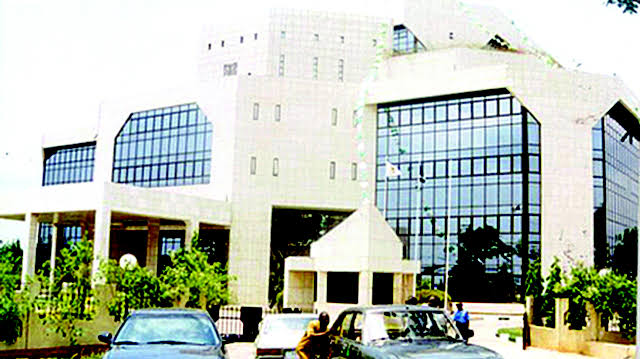

 Politics1 day ago
Politics1 day ago
 Tech2 days ago
Tech2 days ago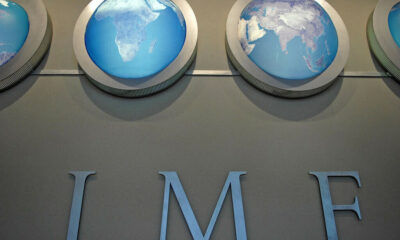
 VenturesNow1 day ago
VenturesNow1 day ago
 Culture2 days ago
Culture2 days ago



